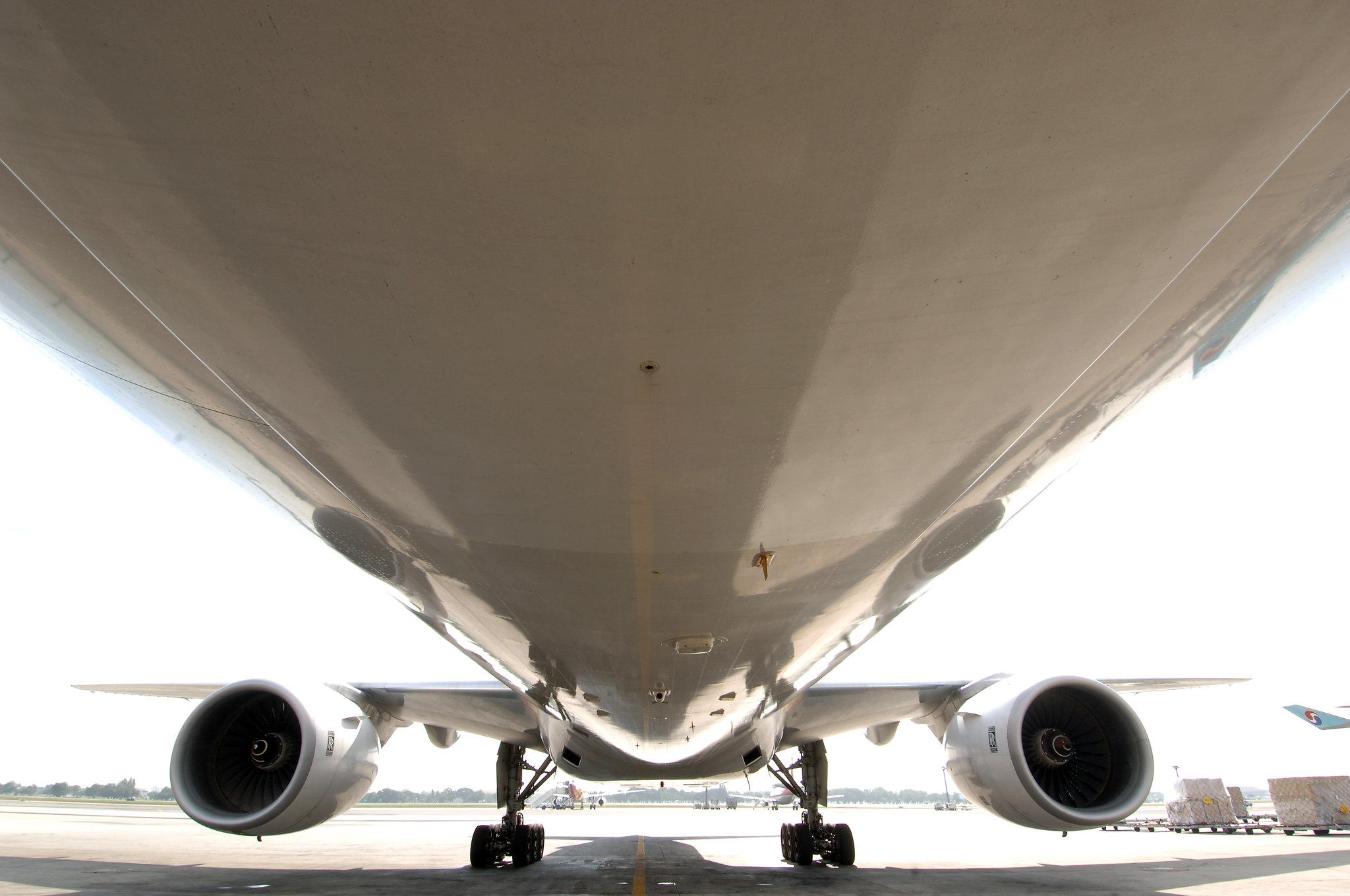
Credit: Rolls-Royce
Europe’s slow recovery is being offset by increasing headwinds in Asia, creating a mixed near-term outlook for some aftermarket providers, particularly those that rely on widebody flying that is most affected by international travel’s slump, Bank of America analysts report. “After a tick up in...
Subscription Required
Mixed Recovery Posing Challenges For Some MRO Providers is published in Aviation Daily, an Aviation Week Intelligence Network (AWIN) Market Briefing and is included with your AWIN membership.
Already a member of AWIN or subscribe to Aviation Daily through your company? Login with your existing email and password
Not a member? Learn how to access the market intelligence and data you need to stay abreast of what's happening in the air transport community.





